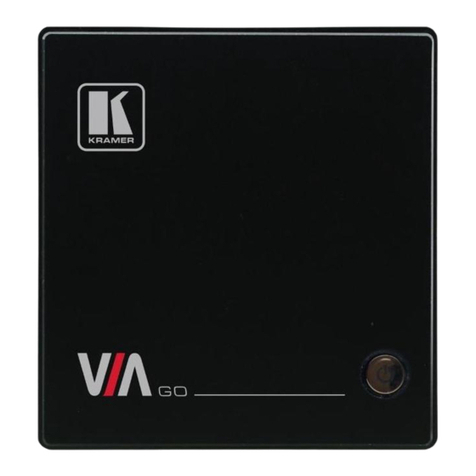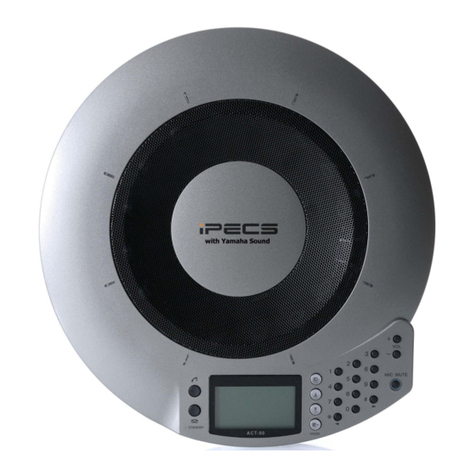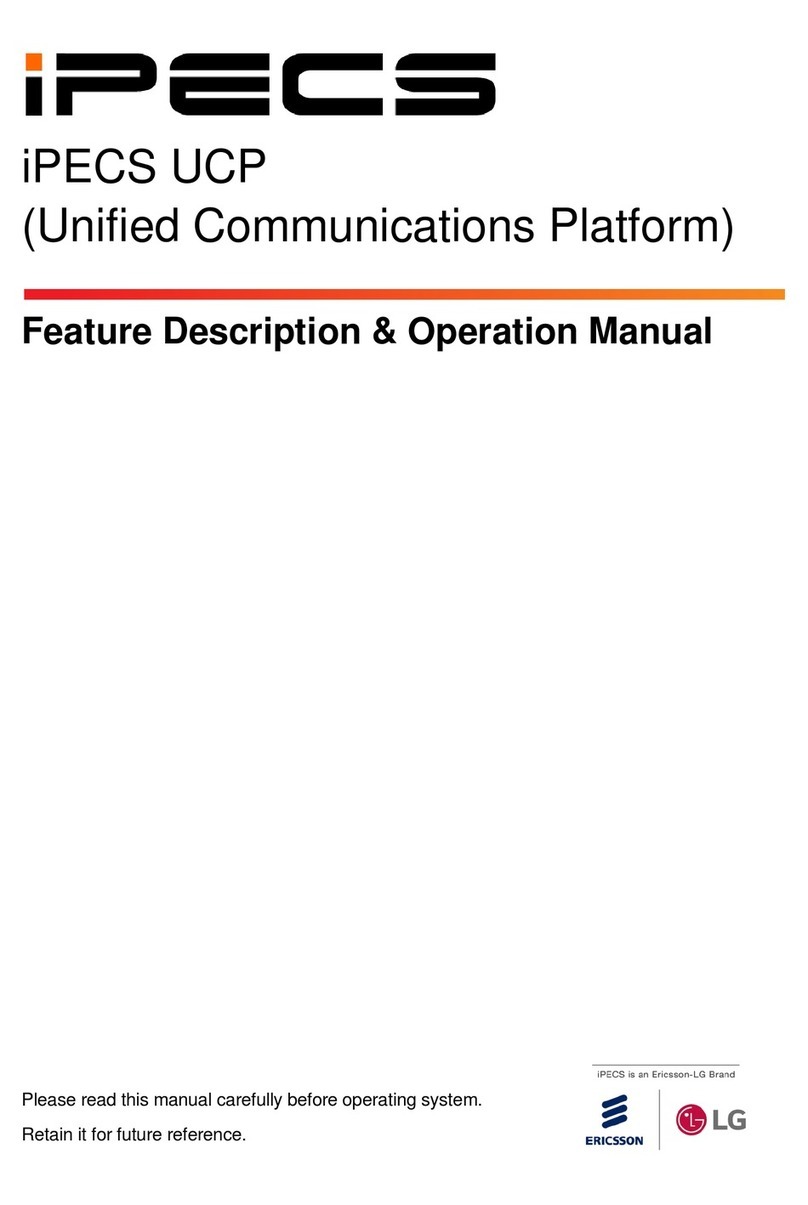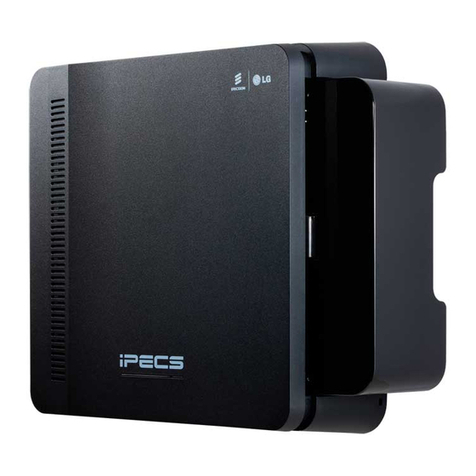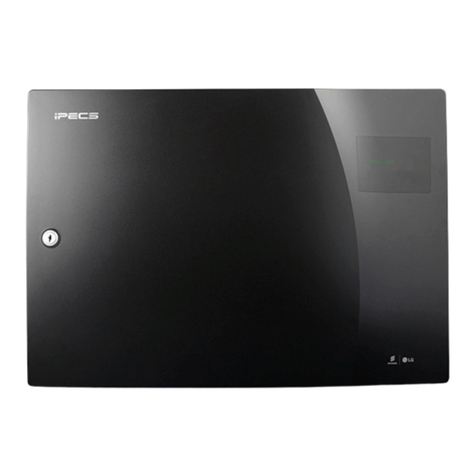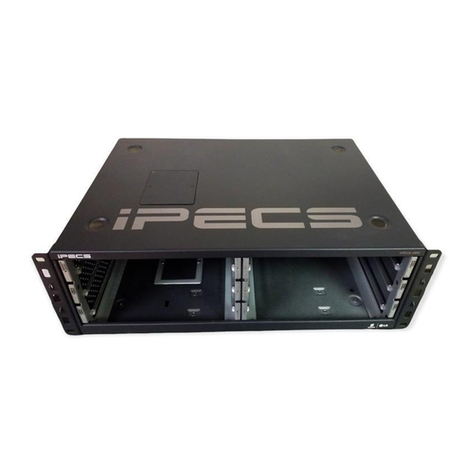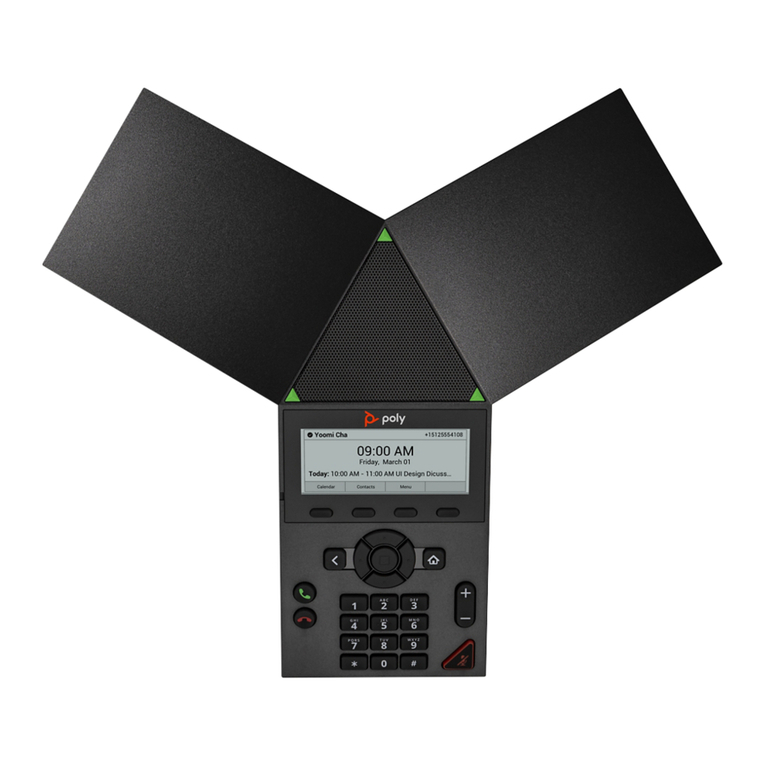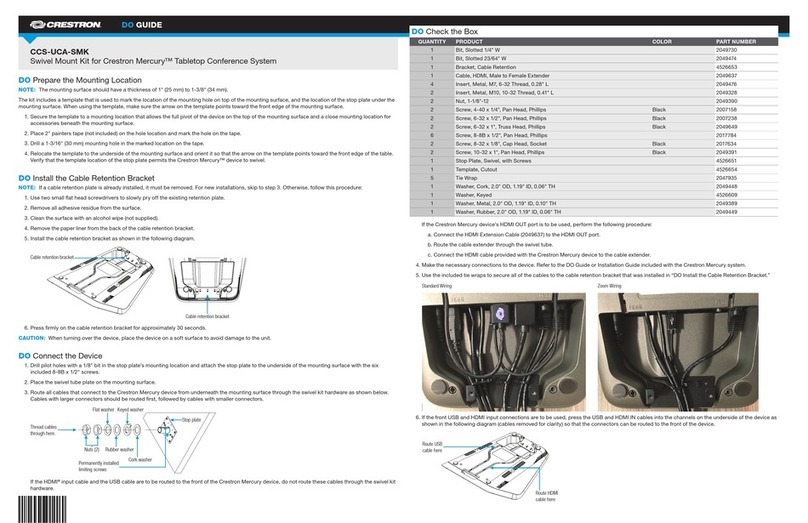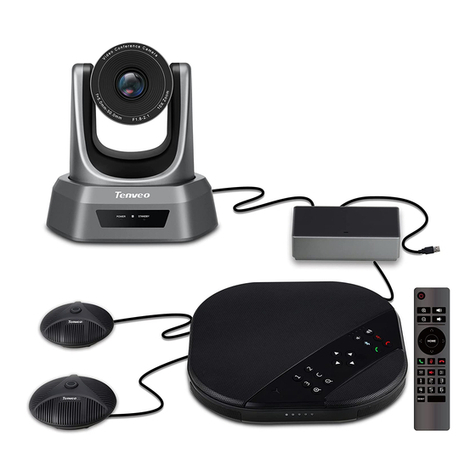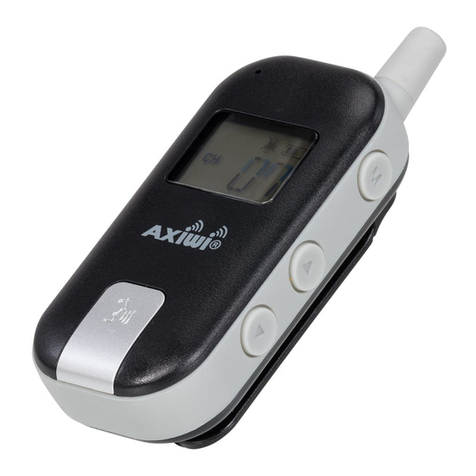iPECS eMG100
Hardware Description and Installation Manual Issue 1.1
ii
4.6.9 SLIU8 (SLT 8 Interface Board)................................................................................. 46
4.6.10 DTIB8 (DKT Interface Board)................................................................................... 47
4.7 Optional Function Boards.................................................................................... 48
4.7.1 VOIB48 (48 VoIP Interface Board)........................................................................... 48
4.7.2 MEMU/MEMU2 (Memory Expansion Module Unit).................................................. 50
4.7.3 MODU (Modem Function Unit)................................................................................. 50
4.7.4 MSIU (Miscellaneous function Unit)......................................................................... 51
5Mounting the KSU.......................................................................................52
5.1 KSU Exterior and Dimension............................................................................... 52
5.2 Desk Mount ......................................................................................................... 53
5.3 Wall Mount........................................................................................................... 54
5.4 Rack Mount ......................................................................................................... 55
6KSU wiring...................................................................................................57
6.1 Connecting the 1’st KSU and 2’nd KSU............................................................... 57
6.2 Grounding the KSU ............................................................................................. 58
6.3 External Backup Battery Installation.................................................................... 59
6.4 Line and Station Modular Jack Wiring ................................................................. 61
6.4.1 Modular Jack Wiring for Basic Trunk interface slot on MBU .................................... 61
6.4.1.1 Modular Jack Wiring for COIU2/4 on MBU.........................................................................62
6.4.1.2 Modular Jack Wiring for BRIU1/2/4 on MBU ......................................................................62
6.4.1.3 PRI Line Modular Jack Wiring.............................................................................................62
6.4.2 Modular Jack Wiring for MBU extension .................................................................. 63
6.4.2.1 Modular Jack Wiring for Basic extension for KSU-D..........................................................64
6.4.2.2 Modular Jack Wiring for Basic extension for KSU-S ..........................................................65
6.4.3 Modular Jack Wiring for Universal slot on MBU....................................................... 66
6.4.3.1 Modular Jack Wiring for SLIB8 / SLIU8..............................................................................67
6.4.3.2 Modular Jack Wiring for DTIB8...........................................................................................67
6.4.3.3 Modular Jack Wiring for COIU2/4.......................................................................................67
6.4.4 Modular Jack Wiring for MBU LAN Port & KSU Expansion ..................................... 68
6.4.4.1 MBU LAN Port Wiring.........................................................................................................68
6.4.4.2 KSU Expansion...................................................................................................................69
6.4.4.3 Miscellaneous Devices Wiring............................................................................................70
6.4.4.4 USB port..............................................................................................................................72
6.4.4.5 RS-232 Serial Port Wiring...................................................................................................72
6.4.4.6 VOIB48 LAN Port Wiring.....................................................................................................73
6.5 Cable Wiring........................................................................................................ 74
6.5.1 Dressing the Wall Mount Wiring............................................................................... 74
6.5.2 Rack Mount Wiring................................................................................................... 75
6.5.3 Cord Cover Covering................................................................................................ 76
7Terminal connection and wiring...................................................................77
7.1 Terminal Models.................................................................................................. 77
7.2 Terminal Cabling Distance................................................................................... 79
7.3 Terminal Connection............................................................................................ 80
7.3.1 DKTU Wiring ............................................................................................................ 80
